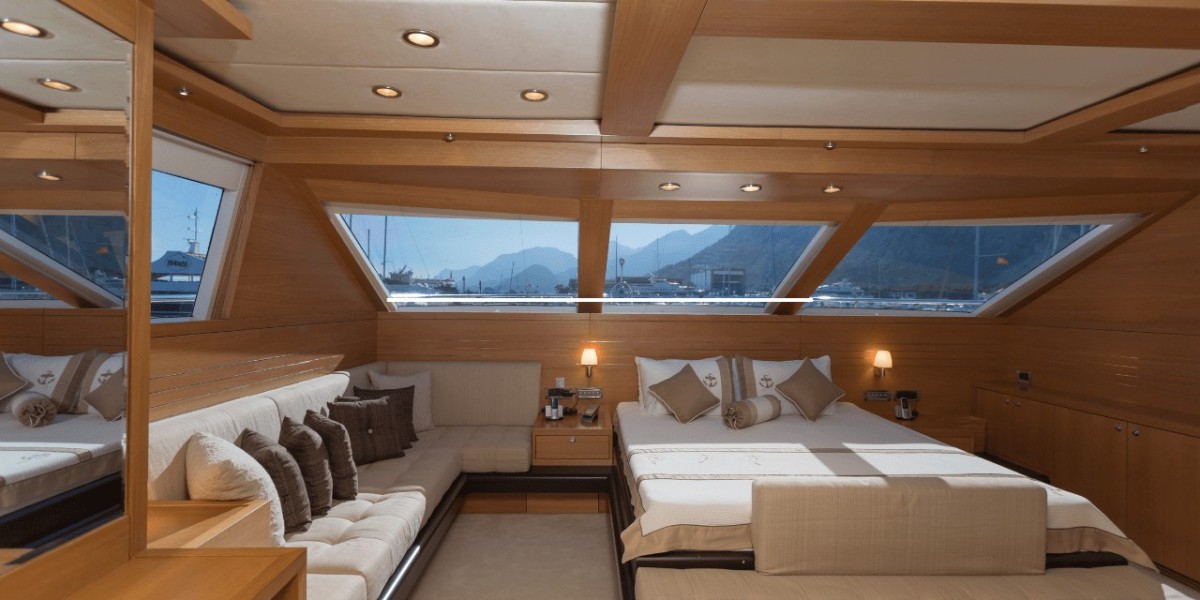Explore Our Award Winning Embroidery Digitizing & Vector Art
Get inspired by our top-tier designs and bring your vision to life with precision and creativity.

What Is Embroidery Digitizing?
Embroidery digitizing is the process of converting artwork — such as a logo, graphic, or illustration — into a digital embroidery file that an embroidery machine can read. Unlike a regular image file (like JPG or PNG) a digitized embroidery file contains stitch commands that tell the machine exactly how to create the design — including stitch type direction density underlay, and color changes.
In essence digitizing is the blueprint for your embroidery machine. A well-digitized file ensures that your design is accurately stitched on fabric with clean lines sharp details and balanced thread tension. Without proper digitizing, even the best embroidery machine cannot produce a high-quality result.
The Process of Digitizing Embroidery
At DigitEMB, our digitizing experts follow a meticulous process to ensure every design is machine-ready and optimized for perfect stitching:
· Artwork Preparation:
The process begins with analyzing the artwork provided by the client. Our team reviews the design to understand its complexity size and color scheme. Some designs may need simplification especially if they contain gradients or fine details that won’t translate well into thread.
·
· Choosing the Right Stitch Types:
Different parts of a design require different stitch types — satin stitches for borders and lettering fill stitches for larger areas, and run stitches for fine details. The digitizer decides which stitch type will best capture the texture and look of each section.
· Setting Stitch Directions and Density-
Stitch direction and density are crucial to how the design looks and feels. Proper stitch direction ensures smooth flow and reduces puckering, while density affects coverage and texture. Our experts carefully adjust these parameters to achieve the best possible balance.
· Adding Underlay Stitches-
Underlay stitches form the foundation of embroidery. They stabilize the fabric and enhance the appearance of the top stitches. We customize underlay patterns based on fabric type and design needs to ensure durability and quality.
· Color Sequencing and Pathing
The sequence in which colors are stitched affects efficiency and thread usage. Smart pathing ensures the embroidery machine moves logically across the design, minimizing jump stitches and thread breaks.
· File Conversion and Testing:
Once digitizing is complete, the design is saved in the correct file format — such as DST, PES, JEF, EXP, or EMB — depending on the embroidery machine. Before final delivery, we conduct a test run to verify stitch quality, color accuracy, and design alignment.
This careful attention to detail ensures that every embroidery file we produce is optimized for flawless, production-ready results.





